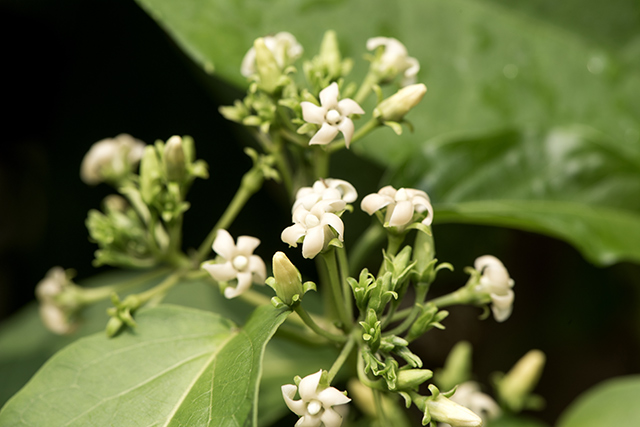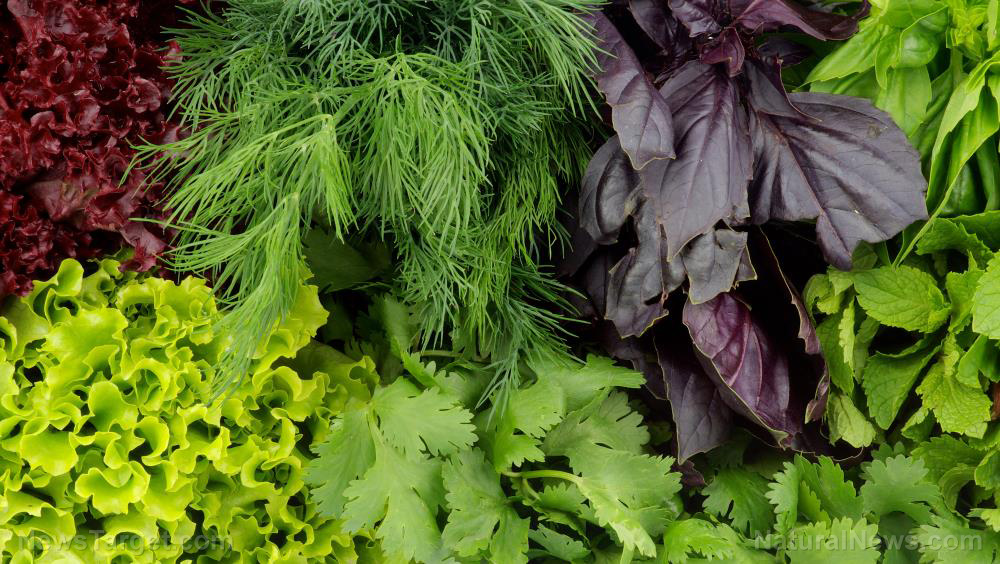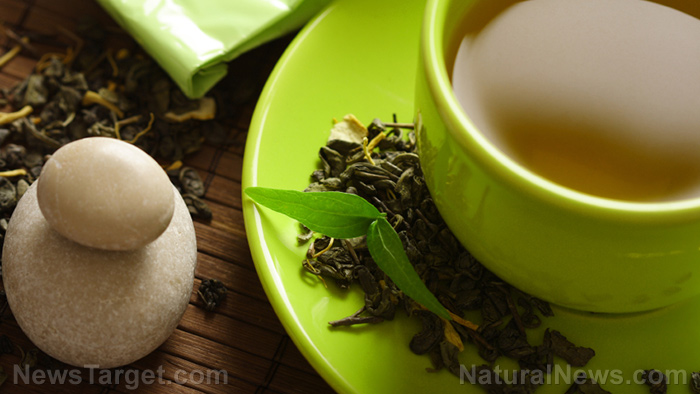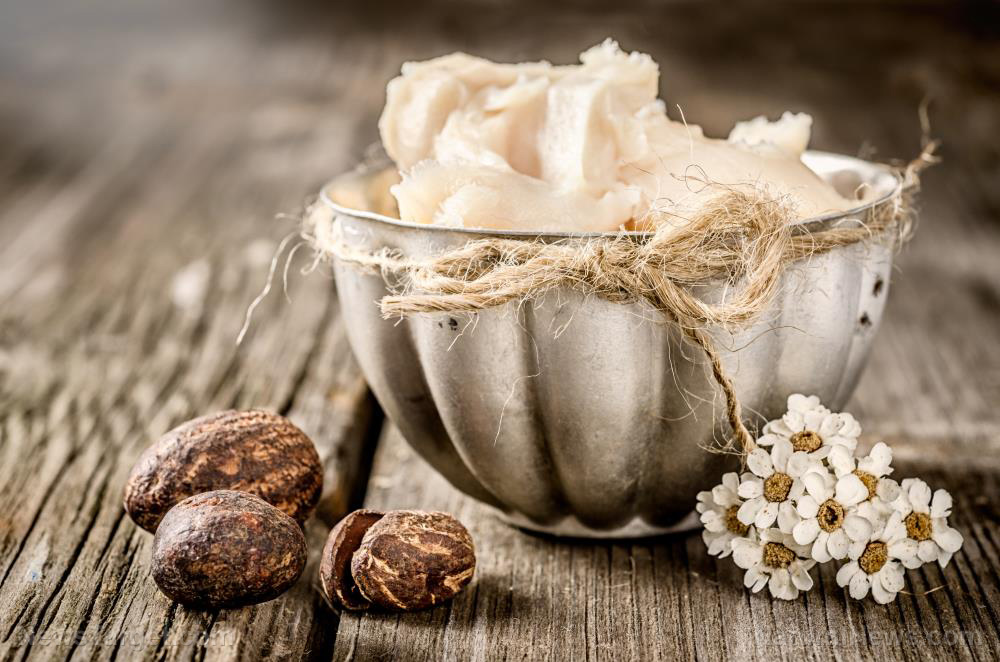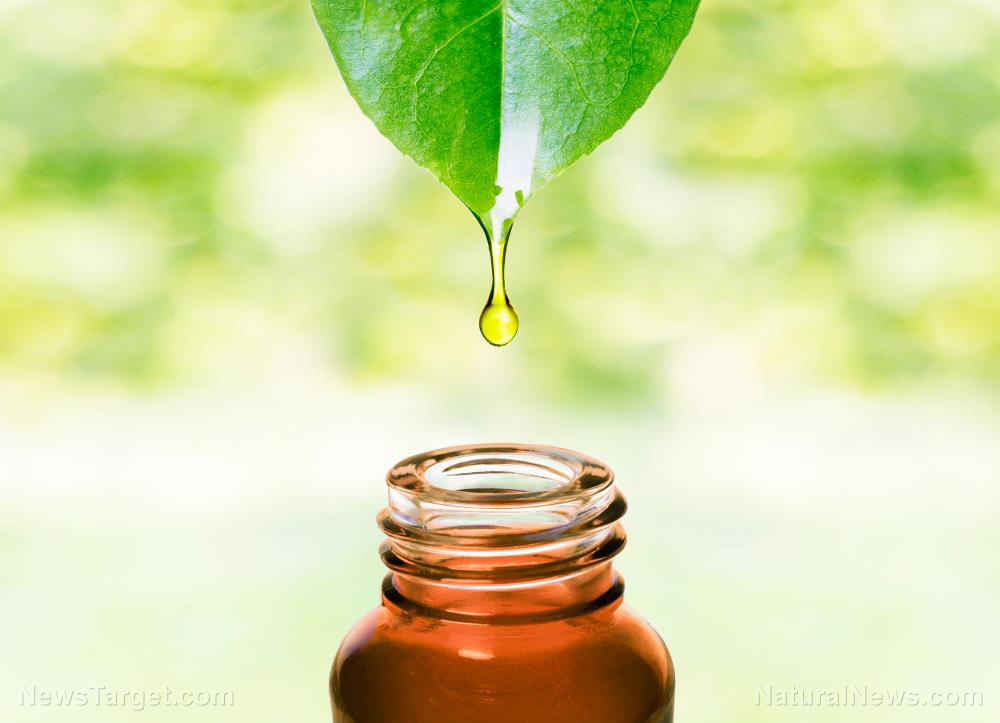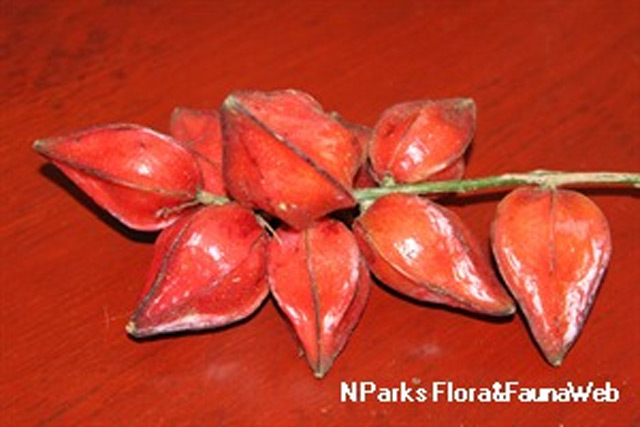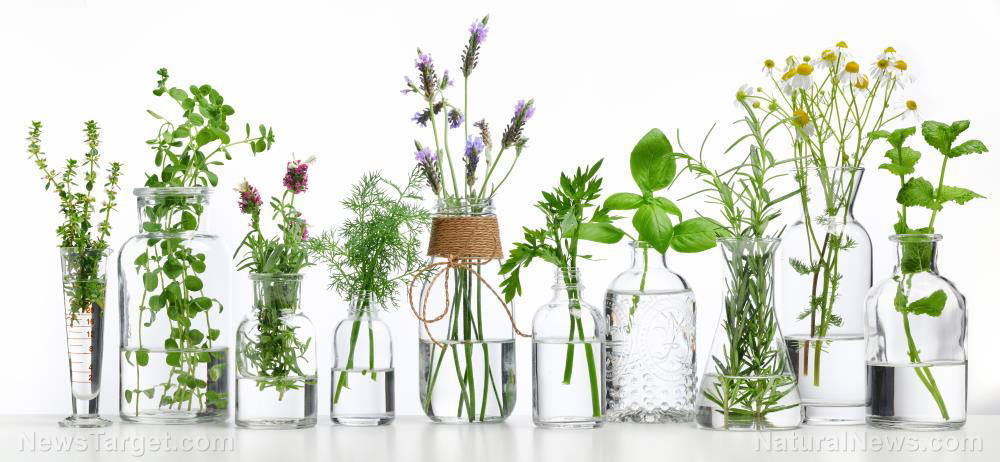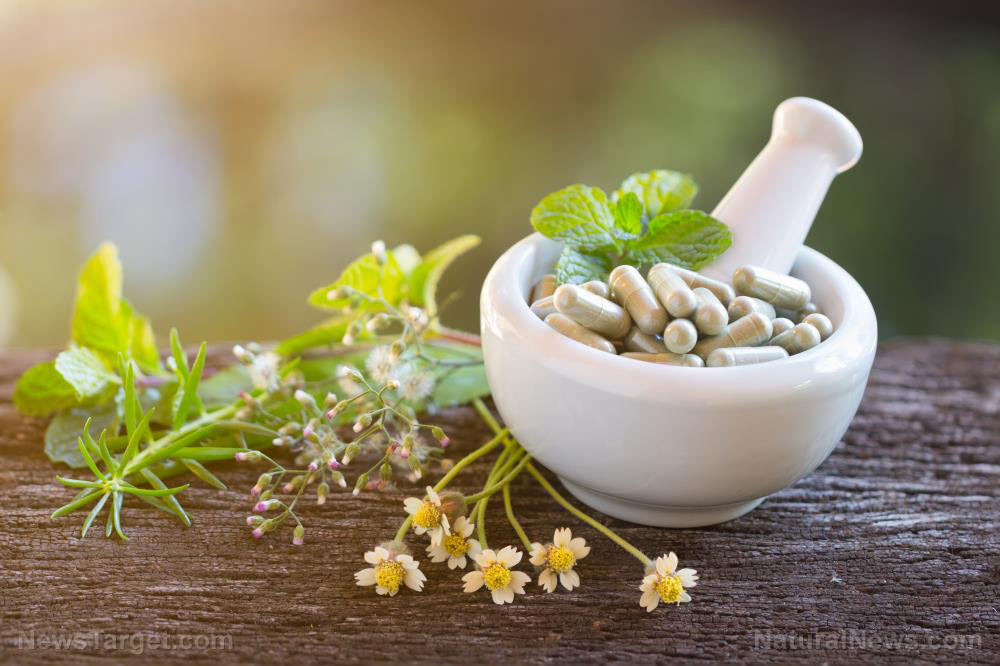Could a cure for blindness come from Mother Nature? Experts have identified plant compounds that show promise
04/25/2019 / By Isabelle Z.

Losing your eyesight can be a devastating experience, but it’s one that many people could be spared in the future as scientists have found plant compounds that could help prevent blindness.
Researchers from England and the U.S. tested naturally occurring homoisoflavonoids from the Hyacinthaceae plant to see how well they could stop new blood vessel cells from growing in the eye, which can cause several types of blindness. They found that one particular synthetic derivative could be used to develop future treatments.
This could be especially useful to those suffering from diabetic retinopathy, which can affect people who have had diabetes for several years. It occurs when blood glucose level changes cause changes in the blood vessels of the retina or abnormal ones grow on the surface of the retina. It is estimated to impact 28 million people globally and is a top cause of blindness among working-aged adults.
It could also help with the world’s top cause of blindness, wet age-related macular degeneration. This occurs when abnormal blood cells underneath the retina start growing toward the macula that tend to bleed, break and leak fluid, which can pull the macula away from its base and cause severe and rapid vision loss.
Another type of blindness the researchers believe the hyacinth compound could help with is retinopathy of prematurity. This affects roughly 20 percent of premature babies, mainly those who are born prior to the 31st week of pregnancy or weigh less than 2.75 pounds, according to the NIH National Eye Institute. The smaller a baby is when it’s born, the greater its chances are of developing this blinding eye disorder that usually occurs in both eyes.
The scientists were excited about the finding and its potential to save people’s vision, pointing out that existing therapies don’t always work and must be injected into the eye. They said they were inspired by the hyacinth plant’s long tradition of use by traditional healers to address many types of health complaints.
Saffron may also help some types of vision loss
It’s not the only plant that can help with vision, however. A recent study showed that saffron, which comes from the stigma of the Crocus sativus flower, can reverse the vision loss that is caused by age-related macular degeneration. In a double-blind, controlled trial, researchers discovered that supplementing with 20 milligrams of saffron daily brought about significant improvements in vision among those with the condition. Best of all, these improvements were noted after taking saffron for just three months.
It was so successful that it helped people read one or two lines smaller than they could before and enabled some people who hadn’t been able to read newspapers or books to do so once again. The researchers believe that the benefits stem from saffron’s ability to prevent cell death and boost oxygen levels in the body.
Time and time again, science proves what traditional healers have always known: Plants have an incredible curative power that can fight a host of diseases with far fewer side effects than conventional medicine in many cases.
Sources for this article include:
Tagged Under: age-related macular degeneration, blindness, diabetes, diabetic retinopathy, eye health, hyacinth, longevity, natural cures, natural medicine, plant medicine, prevention, remedies, retinopathy of prematurity, traditional medicine


